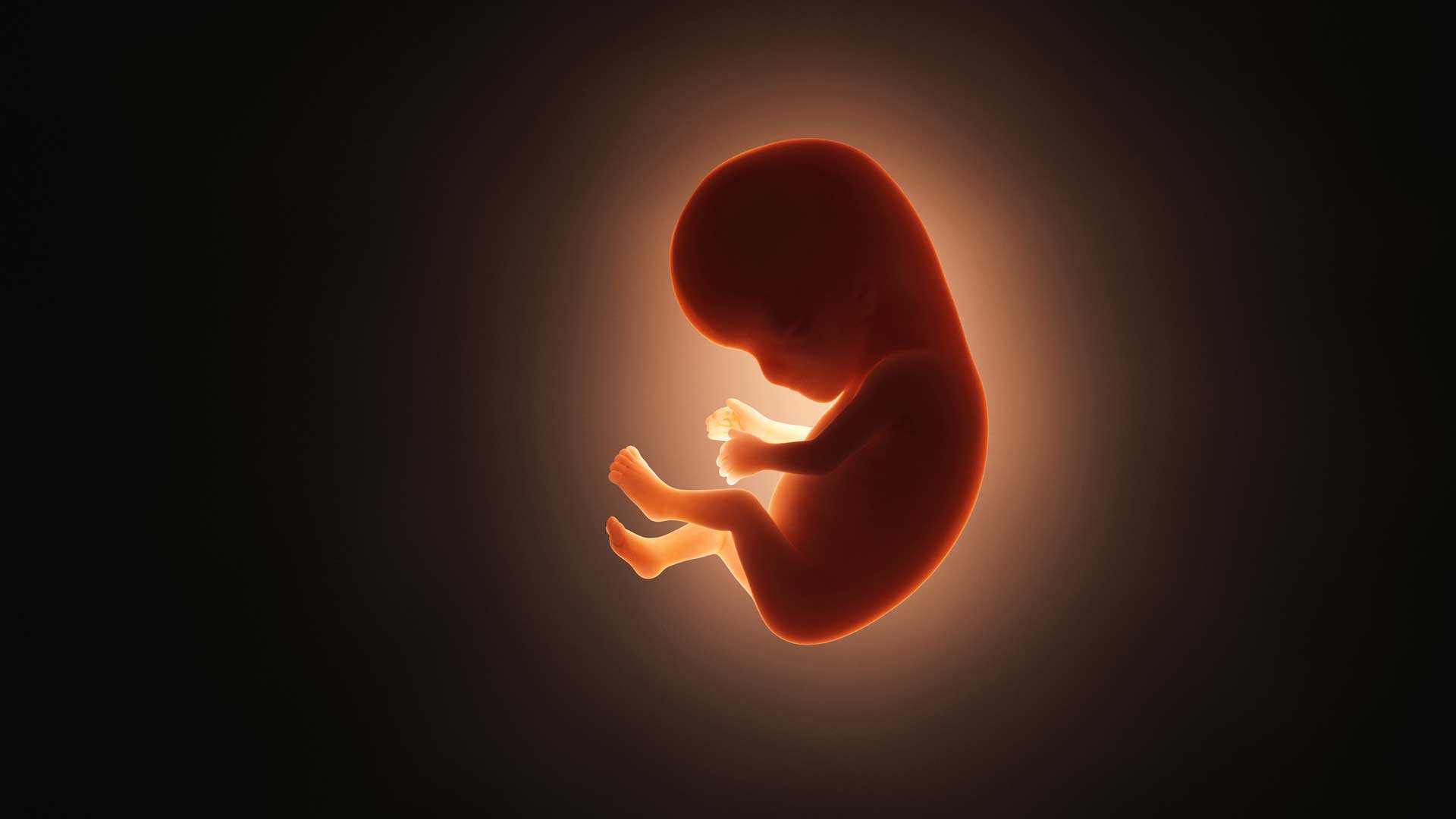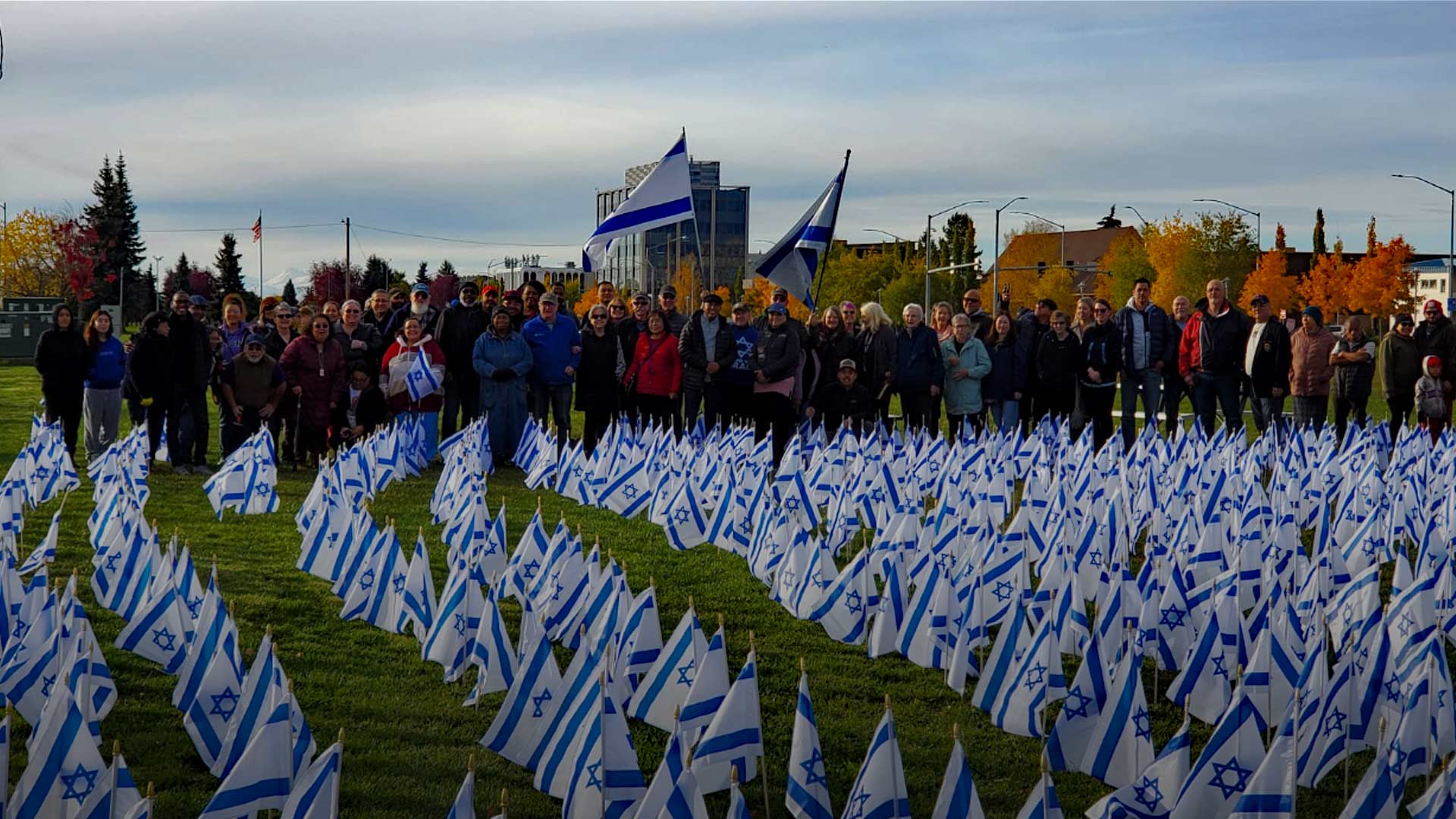
Editor’s note: Click here to read part one of this series.
The most orthodox group, recoiling under the threat of cultural erosion resulting from the compromises necessary to co–exist with the host culture, exercised the ultimate strategy of exodus to a more remote and isolated region.
Eventually, in 1967, five Old Believer families (10 adults and 12 children) from Woodburn, Oregon, purchased 640 acres of land and leased an additional two and one-quarter acres of adjacent land on the Kenai Peninsula, along the Anchor River, in Alaska.
They began building a community near Anchor Point in the summer of 1968 when the vanguard of families arrived from Oregon. They named this community Nikolaevsk. Two smaller satellite villages in the vicinity were named Nakhodka and Klyuchevaya.
In 1969, the community installed a water system in Nikolaevsk, and connected electricity from the Homer Electric Association. The group constructed a sawmill to produce the lumber needed to construct houses, barns, sheds and boats for drift fishing.
In the summer of 1983, when I visited Nikolaevsk for the first time, I noticed an emerging controversy in the village between two factions of its residents – priestly and priestless.
In 1971, 15 of the Old Believers formed the Russian Maritime Company, built a shop in Nikolaevsk, and by 1975 had produced sixteen 34–foot fiberglass, diesel–powered commercial fishing boats; at least 35 of the villagers became successful commercial fisherman. In the early 1970s, other families from Oregon split off to form new settlements in northern Canada, near Edmonton, Alberta, and on the Kenai Peninsula and Kodiak Island in the state of Alaska.
The Alaskan communities have prospered and grown in the last 54 years from 70 residents in 1970 to a few hundred residents in 1975 and today’s population numbers about 2,000 statewide.
The Alaska settlements attract families from Oregon and other locations worldwide. Initially founded in 1968 by five families, the village Nikolaevsk has become the largest Old Believer settlement in Alaska. As of June 2015, the village had a population of nearly 400, or about 70–80 nuclear families and 100 households.
The village has a public school that is managed by the state of Alaska and that is attended almost exclusively by Russian–speaking children from Nikolaevsk. The advantage of a
cohesive community eased the strain of continual enforcement of traditional cultural
norms, values and behavior.
For the Russian Old Believers in Alaska, “the darkest time of the day is before the sunrise.” America is their sunrise!
In the summer of 1983, when I visited Nikolaevsk for the first time, I noticed an emerging controversy in the village between two factions of its residents – priestly (popovtsy) and priestless (bespopovtsy). Two years later, the Anchorage Daily News (Jan. 27, 1985) reported on the confrontation among Old Believers on the Kenai Peninsula. The conflict centered on differences in religious conduct. Some Old Believers, led by Kondratiy Fefelov, who had studied in a monastery in Romania, “uncorrupted,” as he stated, “by religious reforms,” favored ordaining priests. Many of the villagers, however, refused to accept Fefelov as a priest and denounced his idea.
During 1983–84, as a result of this dilemma, five priestless (bespopovtsy) nuclear families left Nikolaevsk to establish a new Old Believer settlement, Berezovka (birch tree in Russian), in a rural area of interior Alaska near the existing community of Willow.
A while later, on July 6, 1984, the prayer hall (molelnyy dom) of the bespopovtsy (priestless) in Nikolaevsk burned to the ground under suspicious circumstances. Kondratiy Fefelov and his nephew Paul were accused by several villagers in this action, but Anchor Point Fire Chief Bob Craig reported that no conclusions were reached on this matter. A few days before the old church (praying house) burned down, a priestly grouping (popovtsy), led by priest Kondratiy Fefelov, completed construction of a new church, The Church of Saint Nikolas, according to the theological principles of the Belokrinitsky Hierarchy tradition. The new priestly church was built across the street from the original priestless prayer hall that burned down.
ALASKA WATCHMAN DIRECT TO YOUR INBOX
The schism (raskol) of the 1980s in Nikolaevsk has been settled. In protest, the most traditional Old Believers left the estranged community and moved to other remote regions of Alaska. As Andron Martushev (priestless) once told me during my visit to Berezovka village in May of 1986, “I want it to be the way it was before the split in the community, I don’t want to live near evil.”
Today, although priestly and priestless groupings’ interactions are limited to occasional acknowledgements on the streets of Nikolaevsk and other Old Believers villages in the Kachemak Bay (e.g., Voznesenka), people have learned how to coexist as neighbors and live in peace.
For the Russian Old Believers in Alaska, “the darkest time of the day is before the sunrise.” America is their sunrise!
The view expressed here are those of the author.








3 Comments
I have had some limited interaction with both colonies of these Old Believers. Although many of their customs elude me, this series of articles reveals another aspect to their plight; those of a people group trying to stay one step ahead of their cultural extinction; a common theme in these days of One World everything.
Sad, but, to same degree, it is true.
….to some degree….